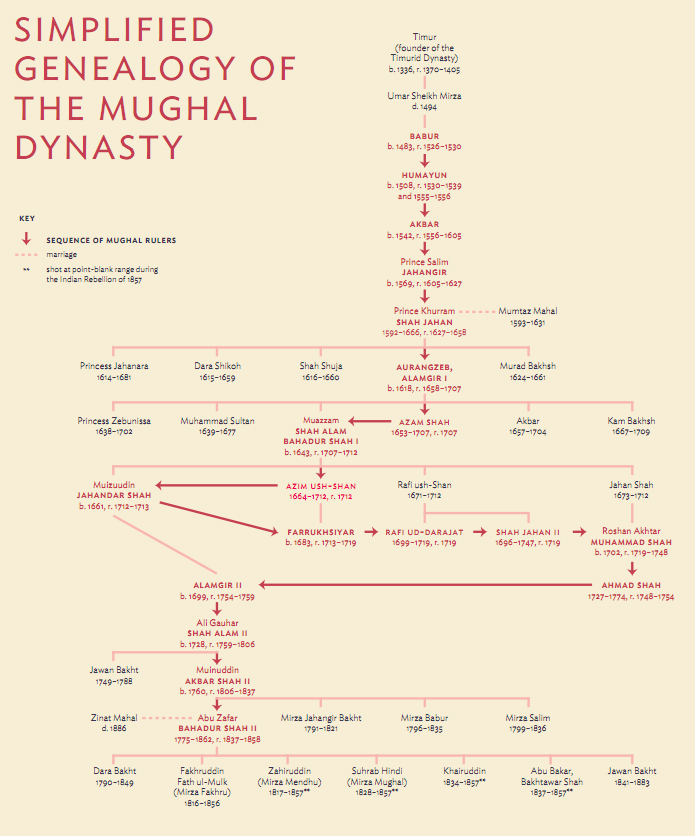

The book won the 1990 Yorkshire Post Best First Work Award and a Scottish Arts Council Spring Book Award it was also shortlisted for the John Llewellyn Rhys Memorial Prize. He wrote the highly acclaimed bestseller In Xanadu when he was twenty-two. William Dalrymple was born in Scotland and brought up on the shores of the Firth of Forth. The Last Mughal is a revelatory work-the first to present the Indian perspective on the fall of Delhi-and has as its heart both the dazzling capital personified by Zafar and the stories of the individuals tragically caught up in one of the bloodiest upheavals in history. There he died, the last Mughal ruler in a line that stretched back to the sixteenth century.Īward-winning historian and travel writer William Dalrymple shapes his powerful retelling of this fateful course of events from groundbreaking previously unexamined Urdu and Persian manuscripts that include Indian eyewitness accounts and records of the Delhi courts, police and administration during the siege. By the end of the four-month siege, Delhi was reduced to a battered, empty ruin, and Zafar was sentenced to exile in Burma. And when the British took the city-securing their hold on the subcontinent for the next ninety years-tens of thousands more Indians were executed, including all but two of Zafar’s sixteen sons. The Siege of Delhi was the Raj’s one of the most horrific events in the history of Empire, in which thousands on both sides died.

Then, in 1857, Zafar gave his blessing to a rebellion among the Company’s own Indian troops, thereby transforming an army mutiny into the largest uprising any empire had to face in the entire course of the nineteenth century. Deprived of real political power by the East India Company, he nevertheless succeeded in creating a court of great brilliance, and presided over one of the great cultural renaissances of Indian history.

But while his Mughal ancestors had controlled most of India, the aged Zafar was king in name only. As the British Commissioner in charge insisted, “No vestige will remain to distinguish where the last of the Great Moghuls rests.”īahadur Shah Zafar II, the last Mughal Emperor, was a mystic, an accomplished poet and a skilled calligrapher. On a hazy November afternoon in Rangoon, 1862, a shrouded corpse was escorted by a small group of British soldiers to an anonymous grave in a prison enclosure.


 0 kommentar(er)
0 kommentar(er)
